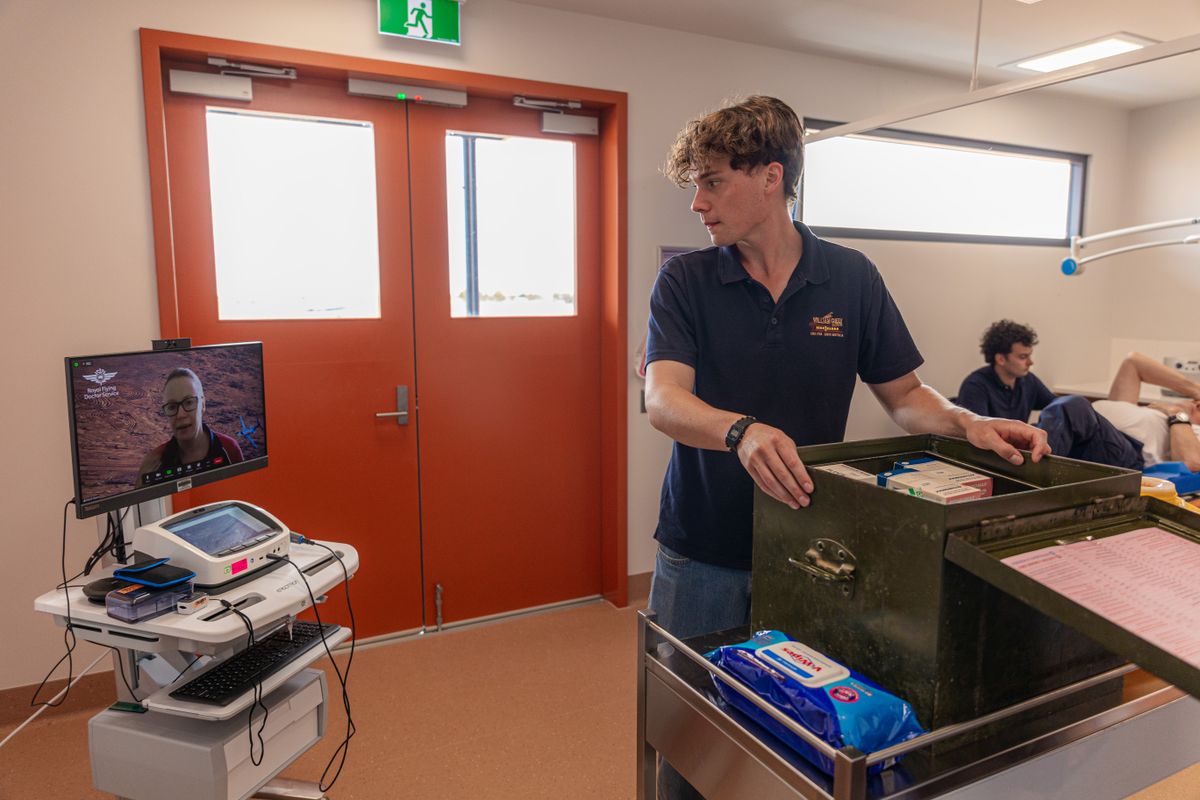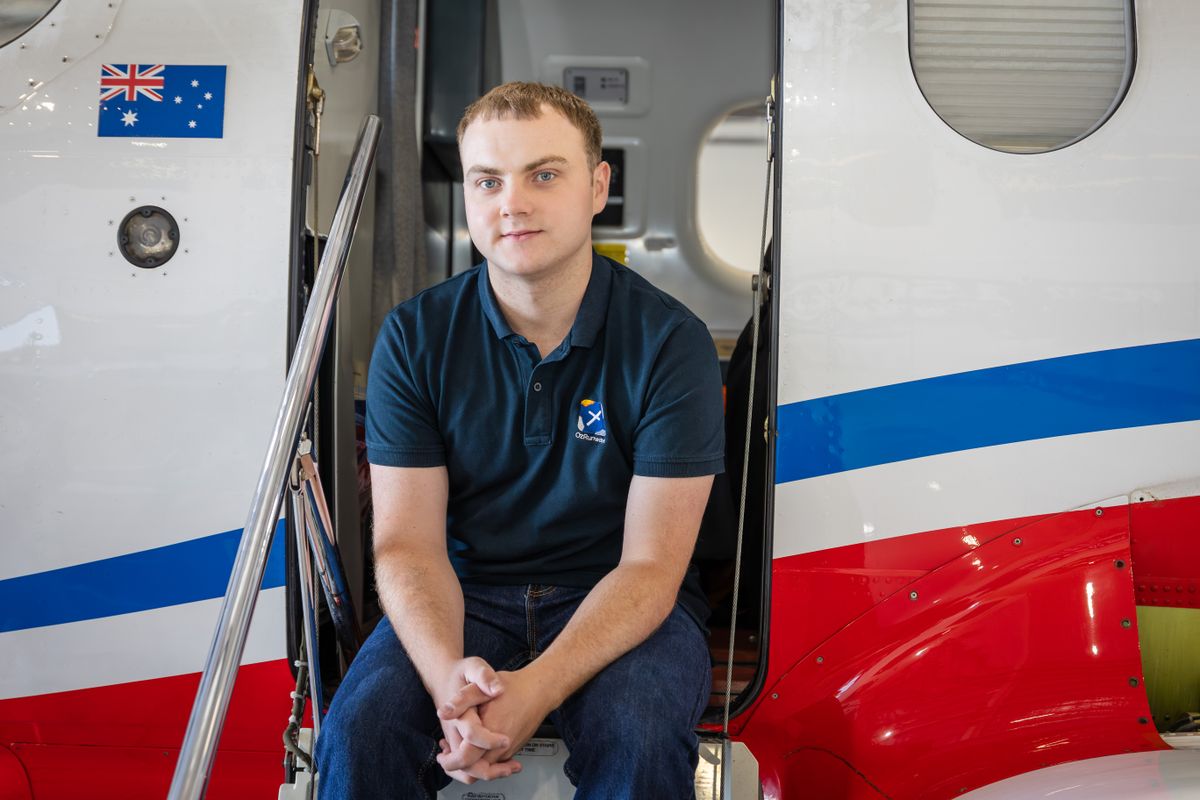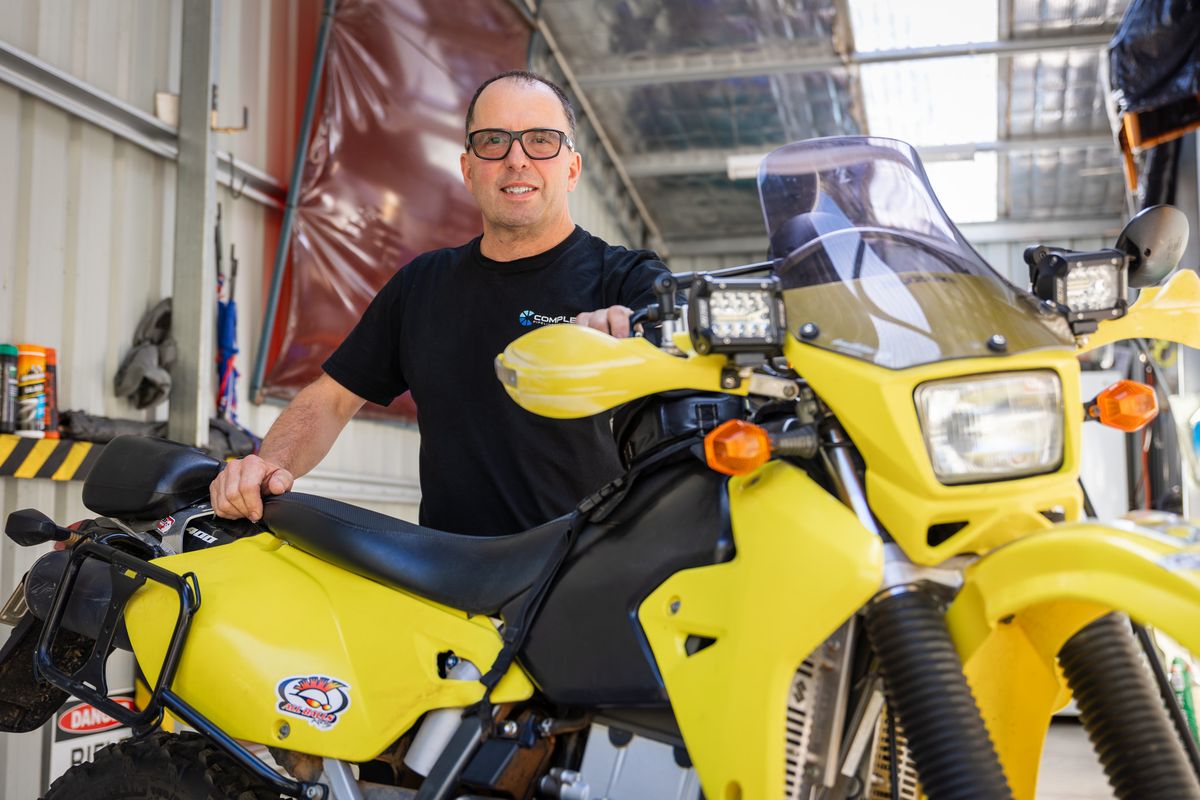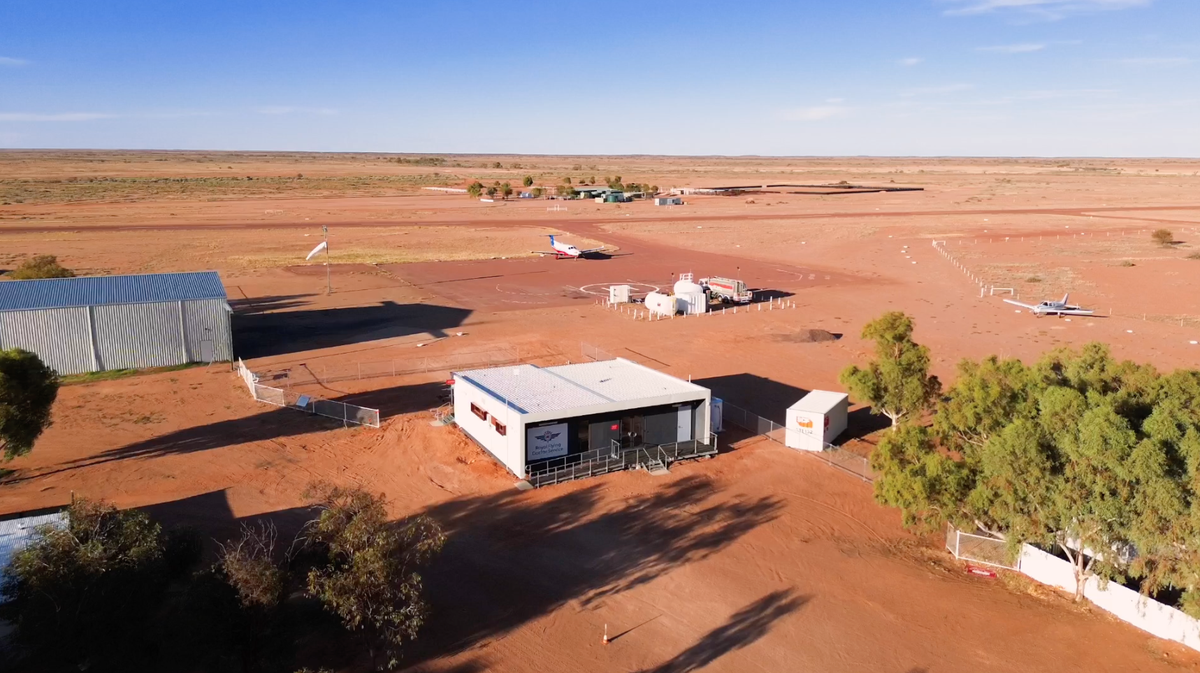
The RFDS’s Australian-first Virtual Emergency Centre in William Creek has completed a successful first year of operation – providing life-saving 24/7 emergency medical care without a health professional physically in the room.
Since opening in March 2024, more than 800km north of Adelaide, the centre has already helped save two lives.
In the event of a medical emergency, the centre connects patients and their companions with an immediate RFDS Doctor consultation and essential first responder advice using advanced telehealth technology.
With the help of video conferencing capabilities, diagnostic equipment, life-saving oxygen, and essential medications, patients can be treated under remote guidance – without delay.
This digital treatment model has also helped to avoid five aeromedical retrievals – keeping families together, minimising unnecessary hospitalisations, and freeing up the RFDS’s emergency response capacity to attend to other critical cases.
“This model is designed to provide timely care in situations where distance and isolation would otherwise delay treatment,” RFDS SA/NT Chief Executive Tony Vaughan ASM said.
“We’ve seen it make a tangible, life-saving difference in just its first year.”
In October 2025, the RFDS William Creek Virtual Emergency Centre was named a finalist in the InnovationAus Awards of Excellence, which celebrate the translation of Australian ideas and research into commercial success and social impact.

Josh’s story
For Josh Larven, who visited William Creek for a work trip in 2024, the centre helped keep him alive. After suffering a shock episode of anaphylaxis, he was accompanied to the centre where locals connected him with an RFDS Doctor and guided treatment.
“It was really easy – like rocking up to someone’s house and ringing the doorbell,” Josh said.
“A doctor popped up on the screen via telehealth and they were extremely professional from the start. Even though they weren’t physically in the room, the first thing they wanted to do was make me feel calm and relaxed, before getting straight into treating me.”
“The whole time, I genuinely felt like I was being looked after as if I was in Adelaide at a hospital.”

Paul’s story
Another outback traveller, Paul Gedye, developed strange neurological symptoms while biking through the outback.
He received a virtual consultation, diagnosis, and treatment plan within hours.
“The William Creek centre is the most innovative thing I’ve ever seen,” Paul said.
“You have a real-life doctor on a video screen – the care in their eyes and the knowledge – it’s so unique. I was feeling unwell and within two-and-a-half hours, I had medication and a treatment plan.”

How an idea was brought to life
“The idea was born out of the ongoing need to overcome the tyranny of distance faced by residents, workers, and travellers in outback Australia,” RFDS SA/NT Executive General Manager Medical and Retrieval Services Dr Mardi Steere said.
“The nearest medical help can be hundreds of kilometres away and access to timely emergency care is often a matter of life and death.”
With more than 26,000 tourists passing through William Creek each year, and as a key service hub for outback communities, the need for immediate, high-quality medical care is constant – and often urgent.
The RFDS Virtual Emergency Centre was developed to bridge that gap as the RFDS reimagined what emergency care could look like for the outback.
By building on its long-established Medical Chest program and leveraging modern satellite internet, the RFDS created a prototype for delivering round-the-clock emergency care from afar.
Beyond emergency care, the Centre also provides a multi-functional patient care space to support regular RFDS fly-in community health clinics, including oral and allied health.
“Inspiration came from innovative telehealth kiosk and pharmacy dispensing models being validated across East Africa and Southeast Asia, cementing digital technology as a means to bridge gaps in access to frontline care,” Dr Steere said.
“The COVID-19 pandemic also accelerated the public's familiarity and trust in telehealth, opening the door to new possibilities in remote medicine.
“The RFDS will leverage learnings from William Creek to improve access to primary, preventative, oral and allied health care in the isolated communities it has been serving for decades.”
The William Creek project was launched with $1 million in funding from South Australia’s Outback Communities Authority, through the Australian Government’s Local Roads and Community Infrastructure Program and matched by RFDS fundraising to meet the total $1.8 million cost.

Learn more about the Flying Doctor.

